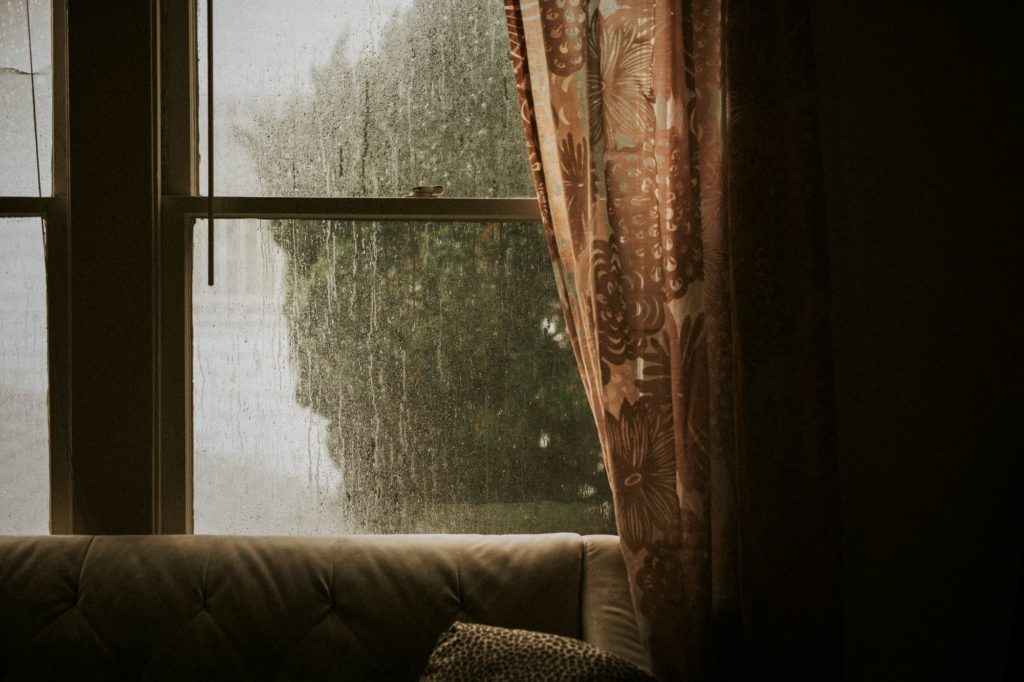With extreme weather events happening every year, it’s crucial to prepare your home to withstand these conditions. Whether your area faces heavy rain and flooding, strong winds, the threat of wildfires, or natural disasters like hurricanes and tornadoes, making the right updates can help protect your home and your family.
1. Inspect and Update the Roof
Regularly inspecting your roof for damage is essential, as missing or damaged shingles can leave your home vulnerable to leaks and water damage. If the area you live in regularly experiences hail or high winds, consider upgrading your roof with impact-resistant shingles. For those in an area with extreme heat, reflective shingles may be useful. Additionally, sealing all gaps and cracks in your roof will prevent water infiltration and improve your home’s overall resilience.
2. Fortify Your Windows
Windows are vulnerable points during extreme weather. Replacing single-pane windows is the first step—and installing impact-resistant glass can protect your windows from flying debris during hurricanes and tornadoes. For added protection, consider storm shutters that can be quickly shut before a storm.
Additional window updates for extreme temperatures include adding new weatherstripping or insulation to reduce drafts (and save on energy bills).

3. Upgrade Siding
Durable siding can protect your home from wind, rain, and fire. For regions prone to hail or high winds, impact-resistant siding can withstand severe weather and resist damage. In areas that experience wildfire risk, you may want to look into fire-resistant siding materials that can withstand fire better than wood or vinyl siding.
4. Redirect Water Flow
Water damage to a home’s foundation can sometimes sneak up on you. To combat the risk of water damage from heavy rains or flooding, redirect the flow of water away from your home. Make sure the ground around the foundation slopes away from the house to avoid pooling. Installing drains or adding drainage in your landscaping can also reduce the risk of foundation damage. Clean gutters and properly-installed downspouts can further direct water from your home. Finally, consider hiring a basement waterproofing professional to assess your basement and fix any potential issues.
5. Install Solar Panels
Solar panels can provide reliable power during and after extreme weather events. In areas prone to power outages, solar panels with battery storage can keep your home powered when the grid goes down. Make sure your solar panels are installed to withstand high winds and heavy snow loads, providing a resilient and sustainable energy source. If you’re not ready to invest in solar, consider purchasing a backup generator to provide power for the essentials.
6. Upgrade Insulation
Correct insulation is vital for maintaining comfortable indoor temperatures and reducing energy use, especially during extremely hot or cold temperatures. Choose insulation types suitable for your climate to further improve your home’s energy efficiency. Sealing gaps around windows, doors, and other entry points will also improve the effectiveness of your insulation, keeping your home comfortable and safe year round.
7. Prepare for Unhealthy Air Quality
Extreme weather events—such as nearby wildfires—can affect outdoor and indoor air quality, making it even more important to maintain a healthy living environment. Using air purifiers with HEPA filters can help remove pollutants, smoke, and allergens from your home. Replacing HVAC filters with medium-MERV filters (rated 8-13) during wildfire season can also help your system filter smoke particles from the air, keeping your home (and your lungs) clean and healthy. In addition, weatherproofing entry points by sealing gaps and cracks around doors and windows prevents outdoor pollutants from entering your home.
Preparing your home for extreme weather is an investment in safety and peace of mind. Each step you take enhances your home’s protection and resilience, offering safety for your house and the loved ones inside of it.
If you do experience home damage from extreme weather events, contact a local disaster restoration professional.
